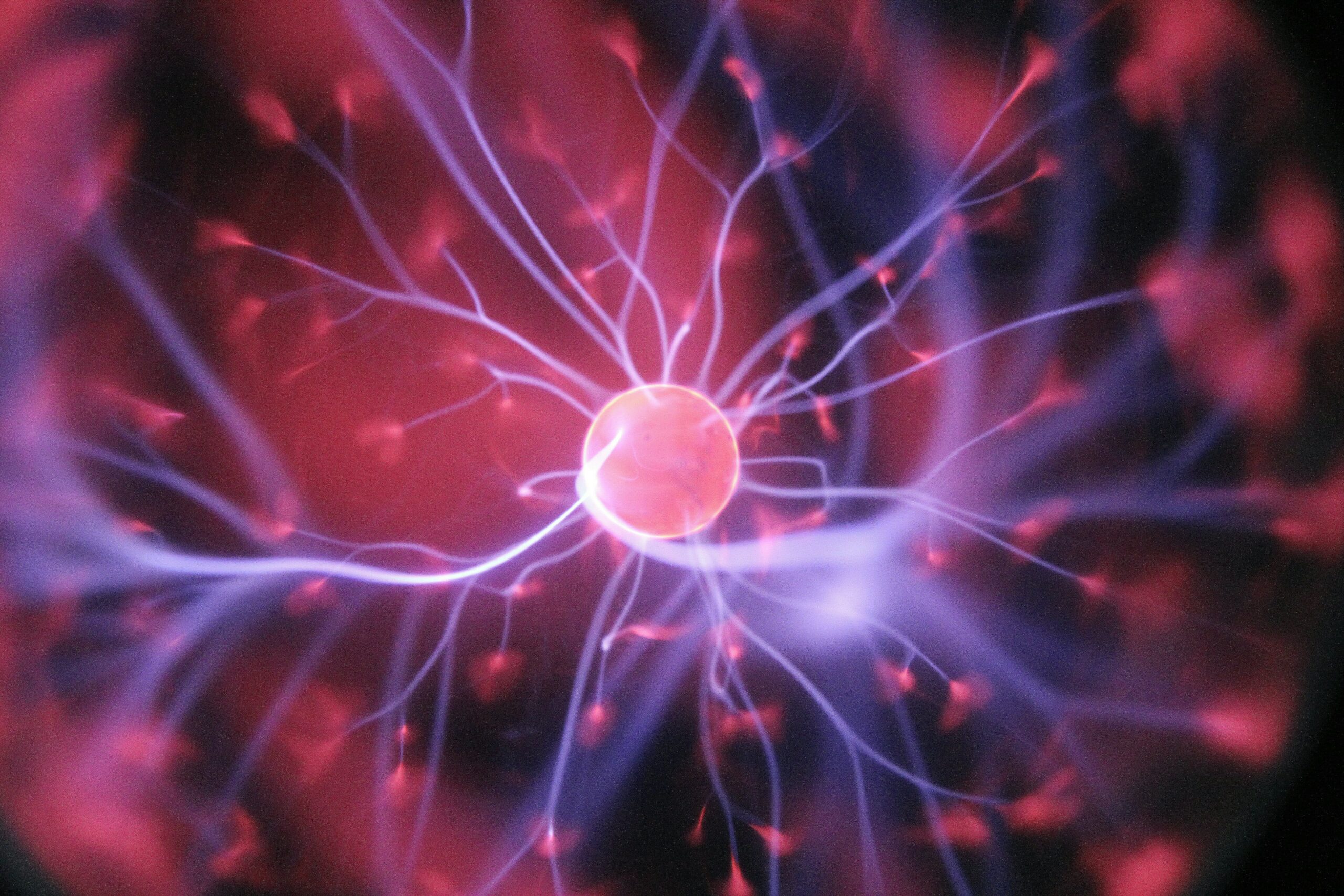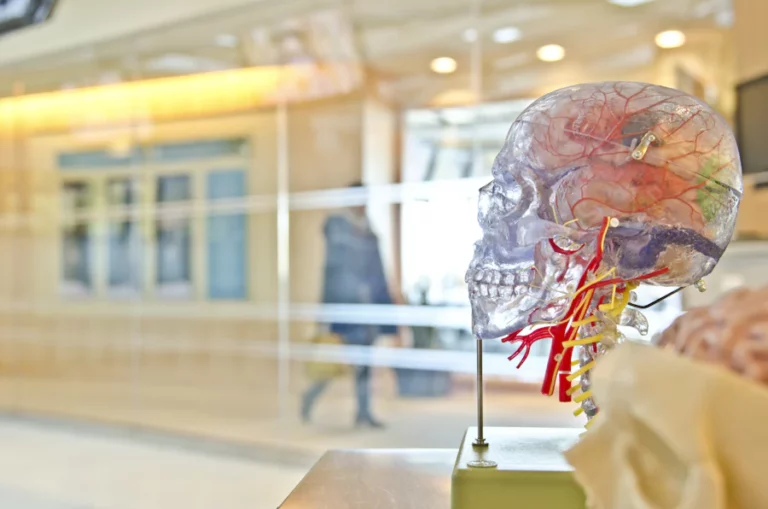
In a groundbreaking development, scientists at Princeton University have leveraged artificial intelligence to address a significant challenge hindering the advancement of nuclear fusion—a technology heralded as the “holy grail” of clean energy. The team successfully employed an AI model to predict and preempt instabilities in plasma during fusion reactions, marking a crucial milestone in the pursuit of near-limitless clean energy.
Nuclear fusion, mirroring the natural processes occurring in the Sun, holds immense promise for generating abundant energy without the need for fossil fuels or the creation of hazardous waste. While the Lawrence Livermore National Laboratory achieved the first net energy gain in nuclear fusion in 2022, the recent breakthrough by Princeton researchers tackles another obstacle in the quest for practical implementation.
The key innovation lies in the AI’s ability to identify plasma instabilities 300 milliseconds before they manifest, providing a window for real-time adjustments to maintain control. This newfound understanding not only represents a leap forward in scientific achievement but also opens the door to the possibility of grid-scale adoption of nuclear fusion energy.
Research leader Egemen Kolemen, a physicist at the Princeton Plasma Physics Laboratory, explained the significance of the AI-driven approach. “By learning from past experiments, rather than incorporating information from physics-based models, the AI could develop a final control policy that supported a stable, high-powered plasma regime in real time, at a real reactor,” he stated.
The breakthrough, outlined in the scientific journal Nature in a paper titled ‘Avoiding fusion plasma tearing instability with deep reinforcement learning,’ introduces a proactive approach to managing fusion reactions. Co-author SanKyeun Kim emphasized the practical implications, noting, “Being able to predict instabilities ahead of time can make it easier to run these reactions than current approaches, which are more passive. We no longer have to wait for the instabilities to occur and then take quick corrective action before the plasma becomes disrupted.”
As the world grapples with the urgent need for sustainable energy solutions, the marriage of artificial intelligence and nuclear fusion brings hope for a cleaner, more efficient future. The Princeton University team’s success marks a significant stride towards unlocking the full potential of nuclear fusion and ushering in a new era of clean energy production.


